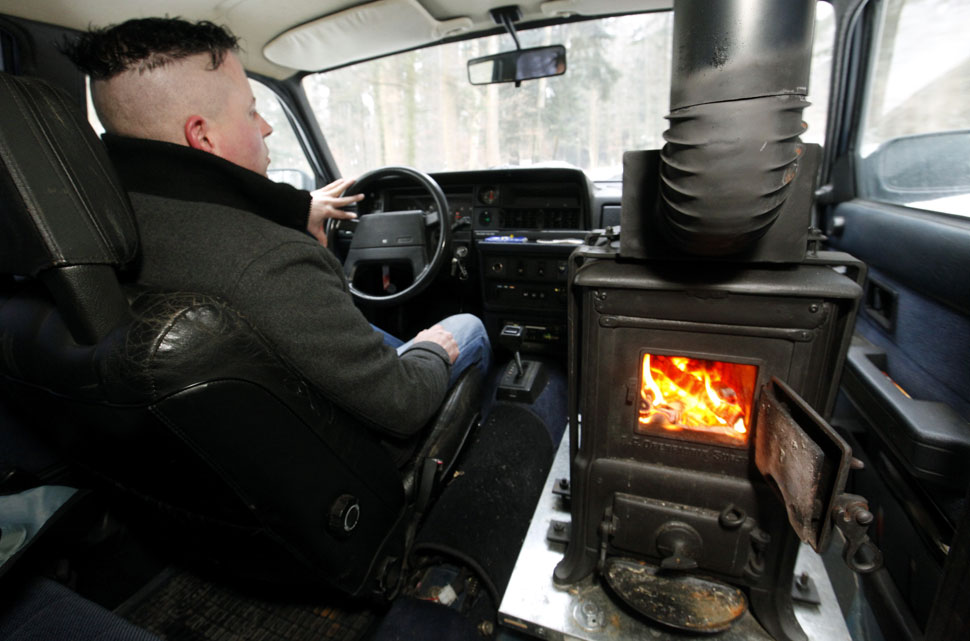We have all heard a lot in the past couple of years about Bio-Ethanol and how it has become a viable alternative to gas, electric or solid fuel fires, but where does it come from? What Is It? We take a look at Bio-Ethanol and where it comes from.
Bioethanol has a
number of advantages over conventional fuels. It comes from a renewable
resource i.e. crops and not from
a resource that will eventually run out such as oil and gas and the
crops it derives from can grow well in the UK (like cereals, sugar beet
and maize). Another
benefit over fossil fuels is the greenhouse gas emissions.
By encouraging bioethanol’s use, the rural economy would also receive a boost from growing the necessary crops. Bioethanol
is also biodegradable and far less toxic than fossil fuels.
Bioethanol fuel is mainly produced
by the sugar fermentation process, although it can also be manufactured by the chemical process of reacting ethylene
with steam.
The main sources of sugar required to produce ethanol come from fuel or energy crops. These crops are grown specifically
for energy use and include corn, maize and wheat crops, waste straw, willow and popular trees, sawdust, reed canary grass,
cord grasses, jerusalem artichoke, myscanthus and sorghum plants. There is also ongoing research and development into the
use of solid wastes to produce ethanol fuel.
Ethanol or ethyl alcohol, to use its full name, is a clear colourless liquid, it is biodegradable, low in toxicity and causes
little environmental pollution if spilt. Ethanol burns to produce carbon dioxide and water, making it ideal for houses without a chimney, but want that living flame.
 Chimney Fire Safety Week runs from September 21 to 27, now being
the time of year to get chimneys ready for the colder months ahead.
Chimney Fire Safety Week runs from September 21 to 27, now being
the time of year to get chimneys ready for the colder months ahead.
Cut the risk of chimney fires by having yours cleaned
"Over the past year we have attended 146 fires which started in a chimney, five of which developed into house fires, and many could have been prevented had suitable precautions been taken.
"On one occasion the property owner was alerted early to a fire by the smoke alarms that we had fitted only a few weeks earlier which allowed her to raise the alarm very quickly."
HOW OFTEN CHIMNEYS SHOULD BE CHECKED
Smokeless coals: At least once a year
Wood: Up to four times a year
Bituminous coal: Twice a year
Oil: Once a year
Gas: Once a year.
For free advice call 01522 582222.























